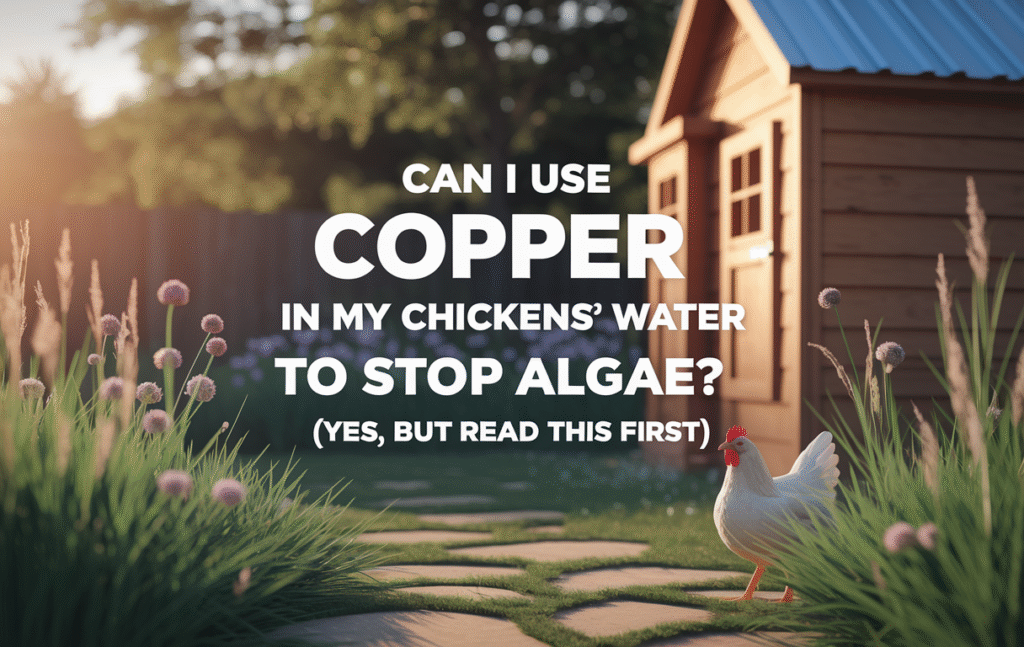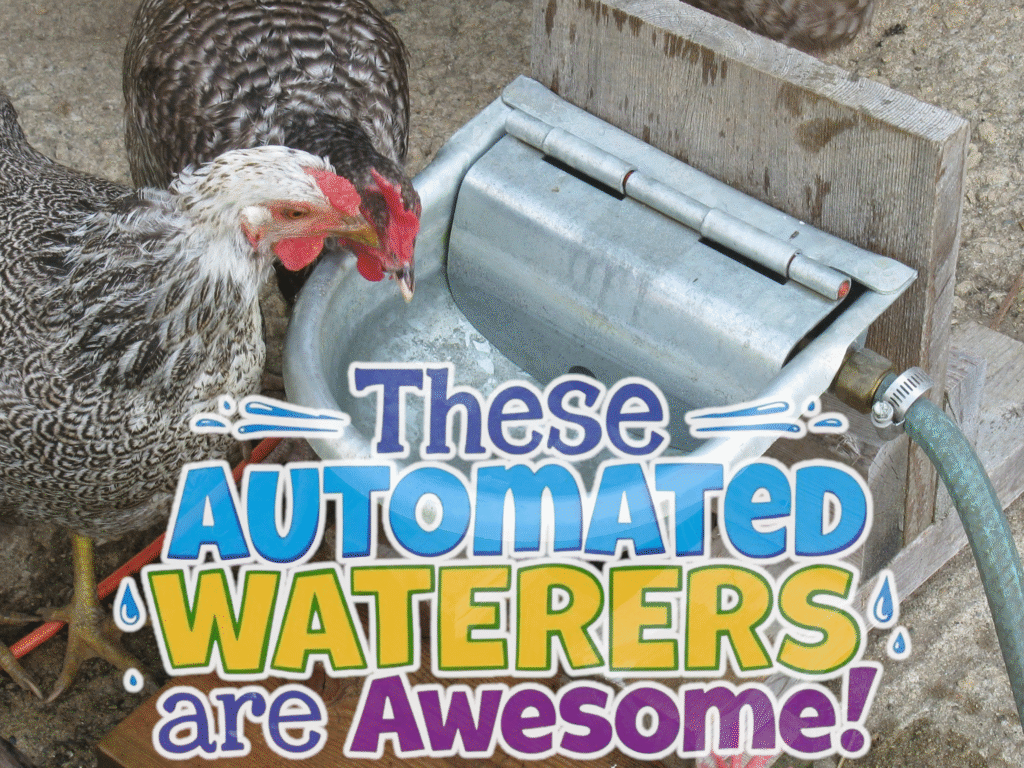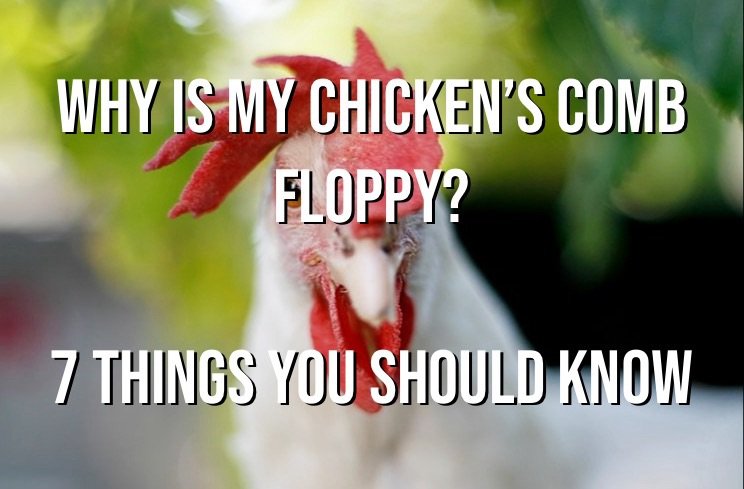
Why Is My Chicken’s Comb Floppy?
If you’ve found yourself wondering, why is my chicken’s comb floppy, you’re definitely not alone — I’ve been there too, staring at one of my hens thinking, “Was her comb always doing that?” A floppy comb can either be perfectly normal… or a red flag waving at you to pay attention. Let’s dive into what I’ve learned from raising backyard chickens firsthand.
What a Chicken’s Comb Should Normally Look Like
The comb is that fleshy red piece sticking out on top of a chicken’s head — and it’s more than just decoration. It actually helps regulate their body temperature and gives clues about health and maturity.
In general, a healthy chicken comb will be:
- Upright and firm
- Bright red (on mature, laying hens or roosters)
- Smooth in texture
- Well-formed without discoloration or sores
Now, combs do vary by breed. Some chickens naturally have bigger, floppier combs, like Leghorns or Andalusians, while others like Wyandottes have small, tight rose combs. So before panicking, first ask: What’s normal for this breed?
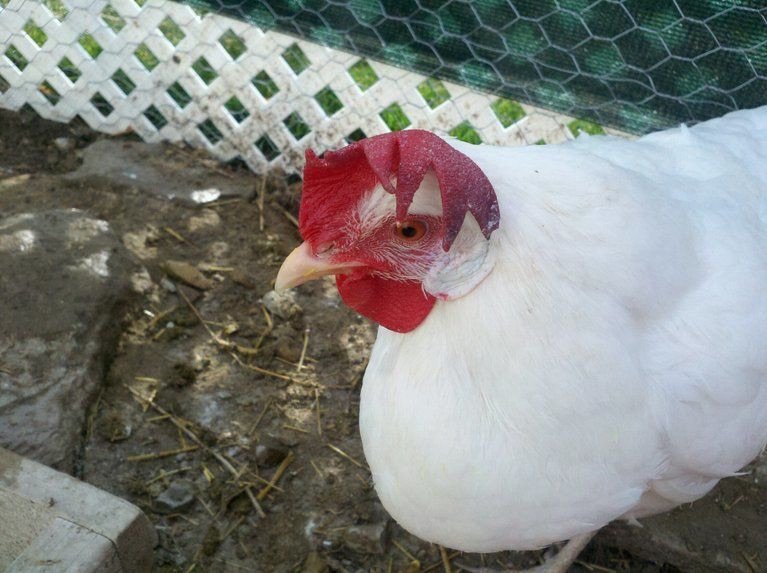
It Could Be Totally Normal — Seriously!
When I first noticed my hen’s comb leaning to the side like it had a hangover, I was worried. But after asking around and comparing notes, I found out her breed — a White Leghorn — was known for their large, floppy combs, especially as they age and start laying regularly.
In fact, in some breeds, a comb that flops is a sign of sexual maturity and laying activity. That’s a good thing! It means hormones are flowing and eggs are likely coming soon.
So if you’re seeing a floppy comb and your hen seems otherwise healthy, it might just be her natural look.
Heat and Dehydration: A Common Culprit
On the flip side, heat exhaustion and dehydration are big reasons you might see a comb droop in the summer.
When your chicken gets too hot or doesn’t have enough fresh water, their body doesn’t circulate blood the way it should. The comb might get:
- Floppy
- Pale or bluish
- Dry or shriveled looking
This is where your flock’s water setup becomes super important. I’ve found that in hot months, I have to refill and clean the waterers twice a day, and I even toss a few frozen water bottles into their run for cooling.
If your chicken’s comb starts flopping suddenly on a hot day, offer cool water right away and get them in the shade. It might bounce back once they rehydrate.
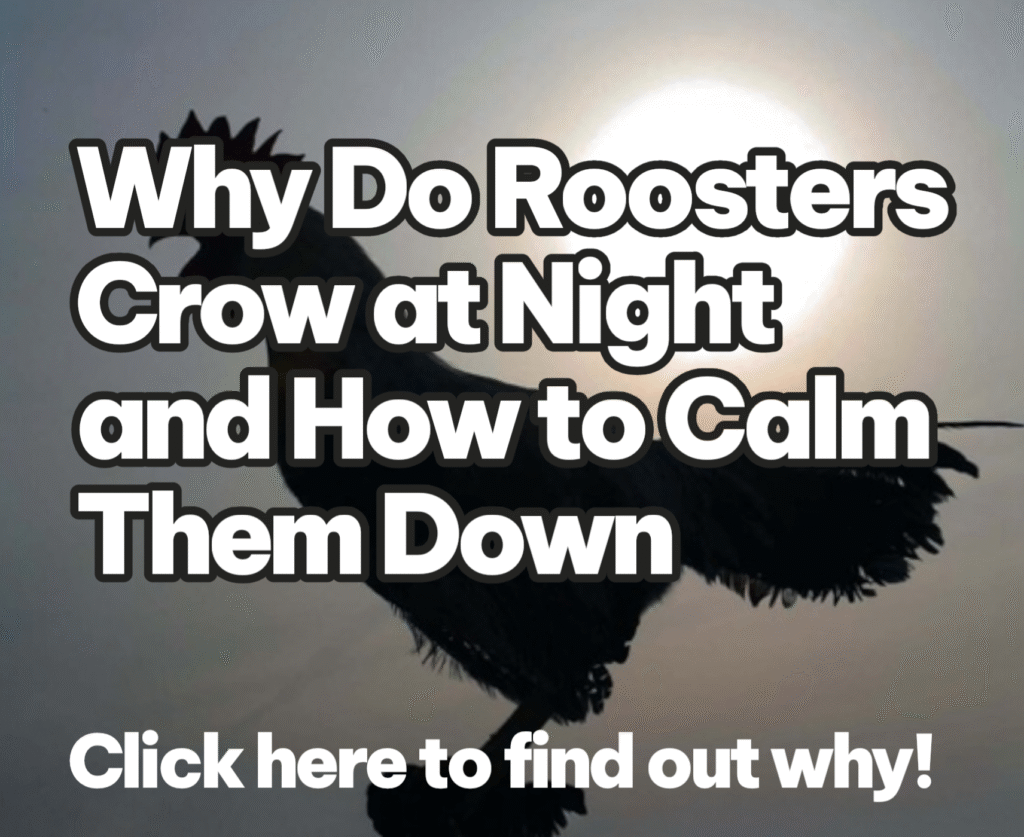
Illness or Infection May Be Behind It
Now we’re getting into the “watch closely” category. A comb that flops overnight or starts looking strange (like pale, dark purple, or with sores) can be a sign of something deeper.
Watch out for:
- Lethargy
- Loss of appetite
- Strange droppings
- Changes in egg laying
- Labored breathing or standing hunched over
Floppy combs can be a sign of respiratory infections, internal parasites, or anemia. If the chicken is acting off in other ways too, it’s time to isolate her and start your “chicken triage.” This is when I pull out the electrolytes, clean the coop thoroughly, and give them the quiet space to recover — and contact a vet if needed.
Molting Might Be the Sneaky Reason Behind That Floppy Comb
If your hen’s comb suddenly droops and she looks a little ragged, chances are she’s molting. This yearly feather-shedding process is totally normal, but it can make your chickens look downright pitiful.
During molt, hens stop laying eggs, and all their energy goes into growing new feathers. That often leads to a pale, floppy comb, especially if they’re already a bit worn down.
Need to know when to expect it and how to support them through it? You’ll find plenty of tips in our article on what chickens need to survive and thrive.
And if molting happens in colder months, be sure they stay safe — here’s how we keep our chickens warm in winter without electricity, especially during those drafty nights.
Parasites or Poor Nutrition Can Deflate That Comb Fast
A droopy, pale comb might mean your chicken’s not getting what she needs — either due to a parasite infestation or a lack of quality feed.
I once had a hen whose comb went from bold red to limp and pinkish in days. Turned out, she had mites. After treating the flock and boosting their nutrition, she perked right back up.
Chickens need more than just grain thrown on the ground. For a full list of the essentials they truly need, check out our survival guide for backyard chickens.
Also, parasites like lice and mites thrive in dirty conditions. We go over budget-friendly ways to prevent those problems in this article on raising chickens without breaking the bank.
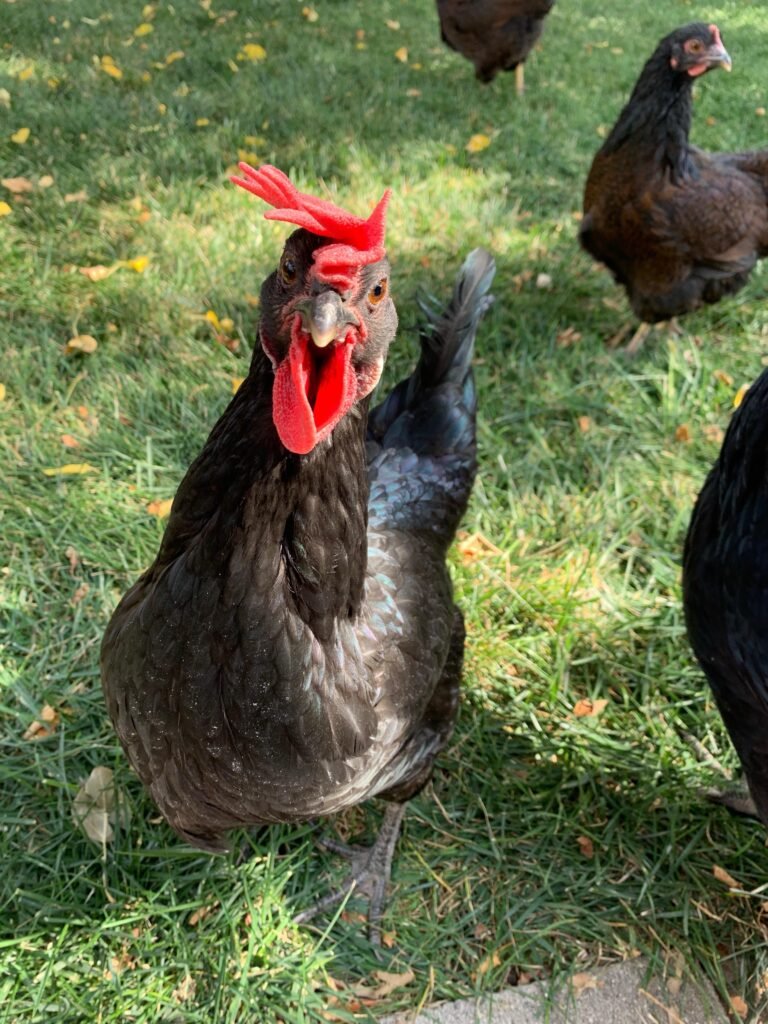
Floppy Combs Can Be a Natural Part of Aging
As hens age, it’s normal for their combs to look a little tired. Just like humans get gray hair, older chickens can sport a floppy or shrunken comb as hormones settle and egg production slows.
My sweet old hen, Mabel, hasn’t laid in years — and her comb now looks like it needs a cup of coffee just to sit upright. But she’s perfectly healthy otherwise.
If you’re raising chickens for eggs and wondering when production may dip, we covered how molting, age, and stress affect laying in our article on why chickens sometimes eat their own eggs (and how to stop it). Aging hens sometimes stop laying and may even develop odd nesting habits — including comb changes.
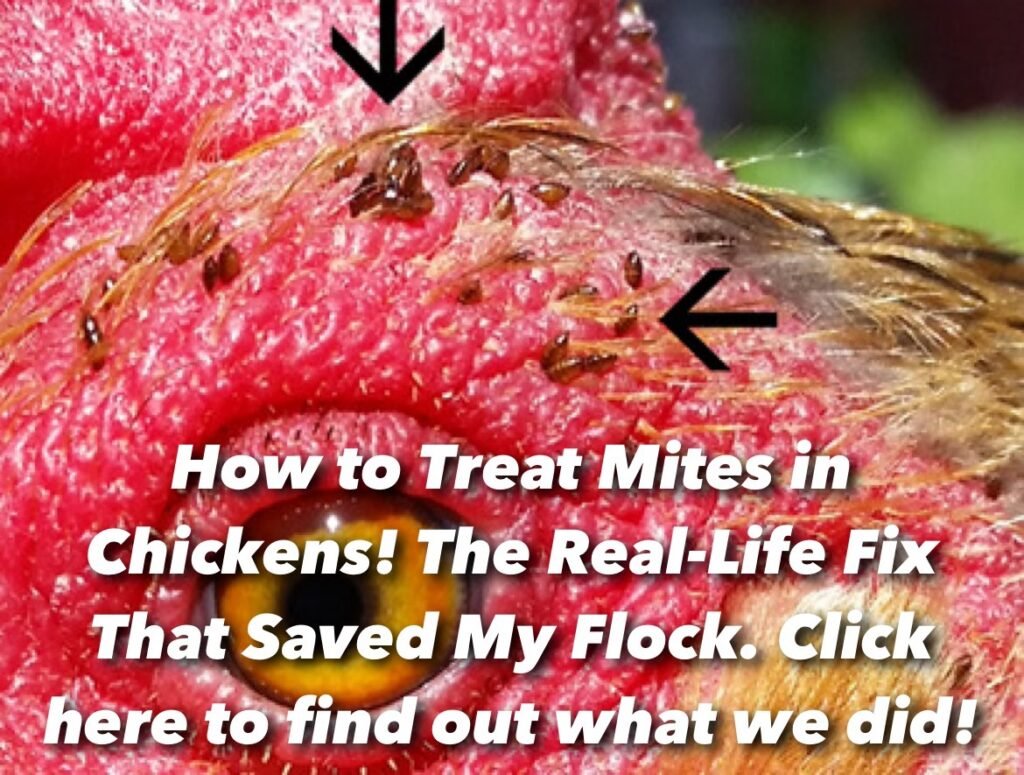
Injury or Frostbite Might Be the Culprit
A chicken’s comb is full of blood flow, which makes it sensitive to injury or freezing temperatures. One winter, I had a rooster who brushed against the cold coop wall overnight. His comb drooped the next day — and never stood back up.
Injuries from pecking order battles, fences, or even hard landings can lead to:
- Bruising or swelling
- Lopsided or floppy combs
- Scabs or darkened tips (a frostbite warning sign)
You’ll want to read our full guide on how to protect chickens in winter — especially if you live in a freezing climate. It’s a must-read to prevent frostbitten combs, toes, and waddles.
And for my personal must-have winter tool, check out the heated water bowl I use every single year to keep things from icing up. It’s saved me more times than I can count.
Stress Can Deflate a Comb Fast
Chickens are more emotional than most folks give them credit for. Loud noises, predator threats, new coop mates — all of it can trigger stress. And one of the first things I notice when stress hits? A drooping comb and fewer eggs.
If your chicken’s comb suddenly flops and you’ve ruled out injuries or illness, consider their environment. Is it overcrowded? Too noisy? Did something change in the flock?
We go deeper into how to create a cozy, low-stress setup in our guide on how to keep your coop calm and productive— it’s not just about poop problems, it’s about behavior and stress too.
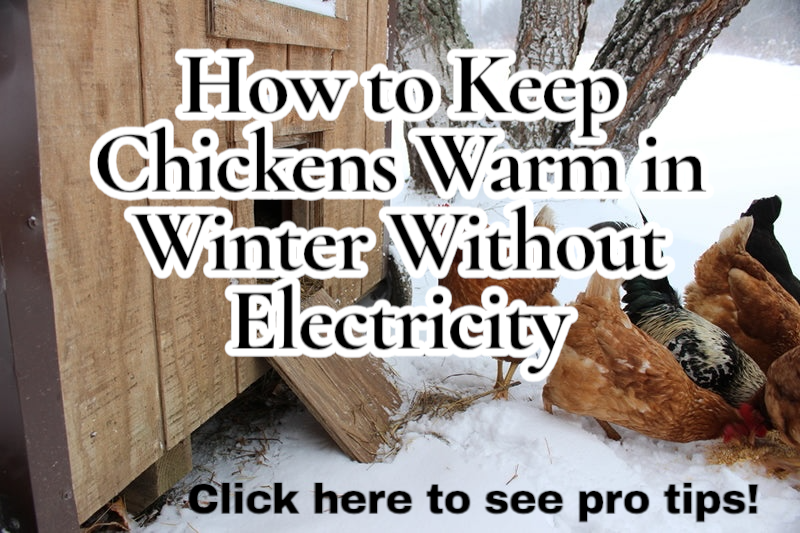
Not All Chickens Have Upright Combs — Know the Breed
Before you panic, check what breed you’ve got. Some chickens, like Leghorns or Rhode Island Reds, typically have large upright combs. But others, like Silkies or certain Orpington lines, naturally have combs that lean or flop slightly due to shape or size.
In our flock, one Buff Orpington always had a charming “swoop” to her comb — it never stood tall like the rest, but she was healthy as can be. Genetics and comb style matter.
Want to learn more about breeds and how their unique traits affect egg-laying, health, and even behavior? Start with our article on why chickens eat their own eggs, where we touch on breed quirks that might surprise you.
A Comb’s Color Is Just as Important as Its Shape
It’s not just about floppiness — the color of the comb can be a big health indicator too. Bright red is usually a good sign of circulation and hormone activity. Pale pink, bluish-purple, or even darkening could point to issues like:
- Poor circulation
- Internal illness
- Dehydration
- Respiratory problems
We dive deeper into hydration and care in our winter guide: how to keep chickens warm without electricity — dehydration can quickly sneak in during freezing months when water bowls ice over.
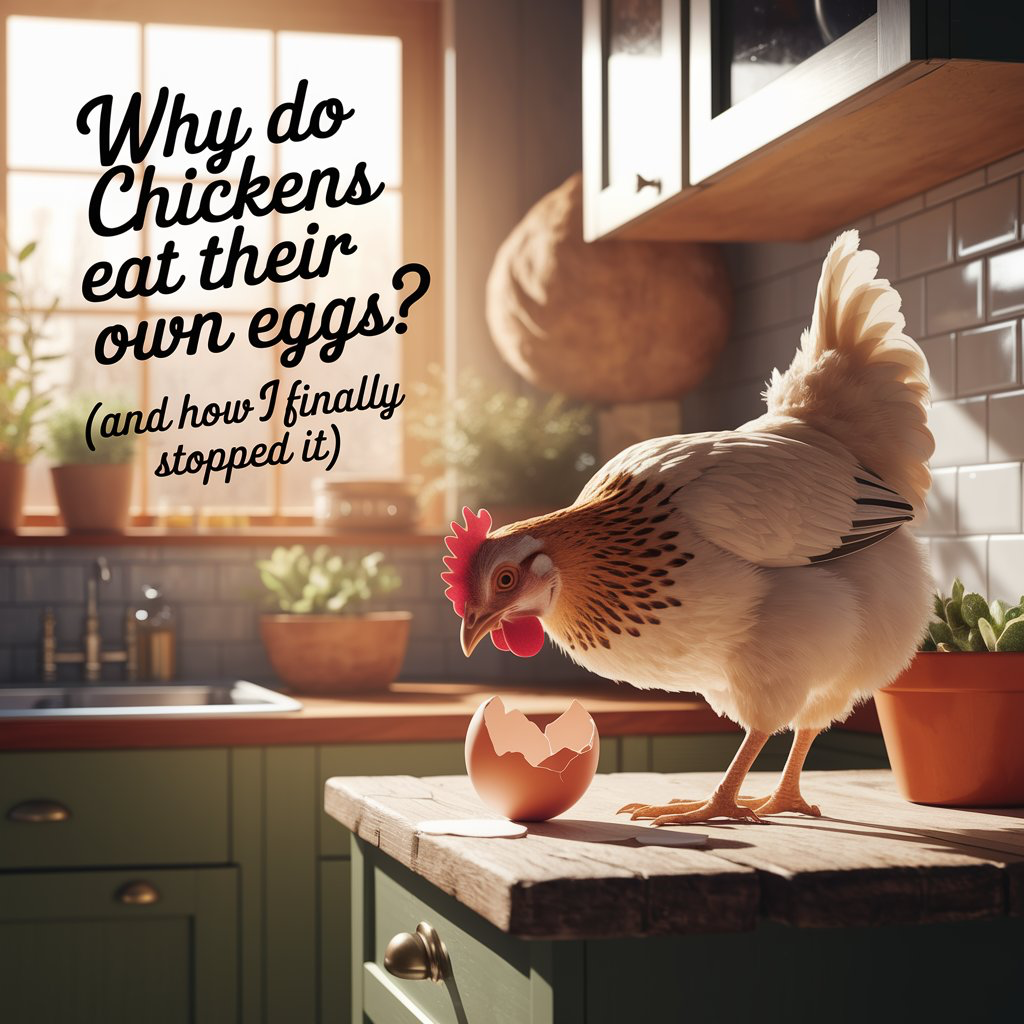
What You Should Do if Your Chicken’s Comb Is Floppy
If your hen’s comb looks suspiciously flopped and she’s acting off — don’t ignore it. Start here:
- Check for signs of illness: Look at eyes, feathers, poop, and activity level.
- Evaluate feed quality: Are they getting protein, calcium, grit, and fresh greens?
- Look for lice or mites: Inspect around the vent and under feathers.
- Watch for bullying: Pecking order drama can wear a chicken out.
Also, think about lighting, cold snaps, and stress. You can find a great real-life example in our article on why our rooster crows at 3am and how we handled it. What seems small to us might be a big deal in the coop!
As an Amazon Associate we earn from qualifying purchases through some links in our articles.

